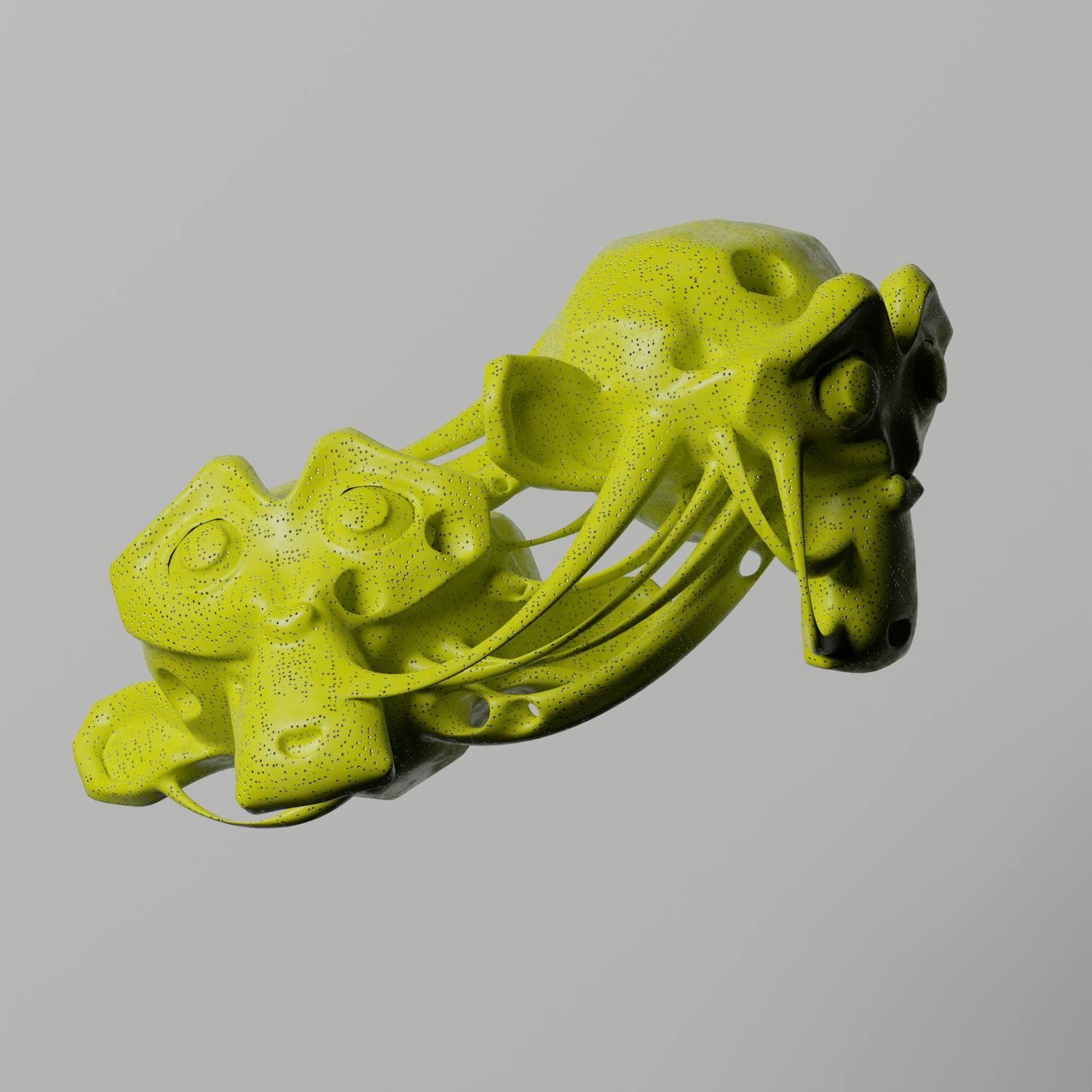Modular Constructivism – The Concept
Dating back to over 5000 years, the history of Western Art has a colorful background. Right from the Prehistoric Period to the present generation, the Western artists, especially in Europe and Russia, have managed to spread and popularize their much-loved art form. Considered an invention of the 19th century Russian artists, Modular Constructivism, a style of sculpture, emerged during the 1950s-60s, which gained considerable popularity. This Western Art genre gained a new status against the other art forms, like Post Modernism and Pop Art. Modular Constructivism is all about intricate, multidimensional designs, complex, fluid curves, and structured patterns, often repetitive in style, representing the pattern of continuity in life and its myriad forms.
The Details
Constructive Paintings portray concrete forms and ideas. They are quite different from Abstract Fine Art forms and paintings. Constructivism rather conveys the mechanized side of everyday human life. It mainly relied on the active creation of our knowledge, experience, and understanding. The convex and concave aspects of biomorphic forms facilitating self-combination are the vital elements of this art form. The fundamental applies to plane and multidimensional surfaces, both. Flavored with Formalism and Minimalism, Modular Constructivism stood as a crucial pillar of sculpturing. Modular Constructivist works can be carried out on any material, cement, brass, steel, or plaster.
The Artists & the Artworks
American sculptors Norman Carlberg (1924) and Erwin Hauer (1926) were renowned artists who popularized Modular Constructivism during the 19th century. They are even called the fathers of the genre. Many priceless and genuine art creations by the famous Russian proponents of Modular Constructivism, such as Vladimir Tatlin (1885-1953) and Alexander Rodcheckno (1891-1956) can be viewed at art museums around the world. The ‘Light Diffusing Wall Design’ by Erwin Hauer, is an intricate design creation at Liesing Vienna in Austria. The enthusiastic works of Erwin Hauer encouraged many of his students and colleagues towards the new Modular Constructivism trend. Norman Carlberg’s key works in the genre include a modular screen at the lobby of Baltimore City Hospital and a huge modular column at the Northern Parkway Junior High School.
Conclusion
As Erwin Hauer said, “Continuity and potential infinity have been at the very center of my sculpture from early on,” Norman uttered, “you analyzed, you looked at something, but you looked at it formally just for what it was and the message was almost always out of it.” The theory of Modular Constructivism relies on the realistic features of observatory powers and scientific studies. Nevertheless, this unique art form also had its share of controversies and disputes!





